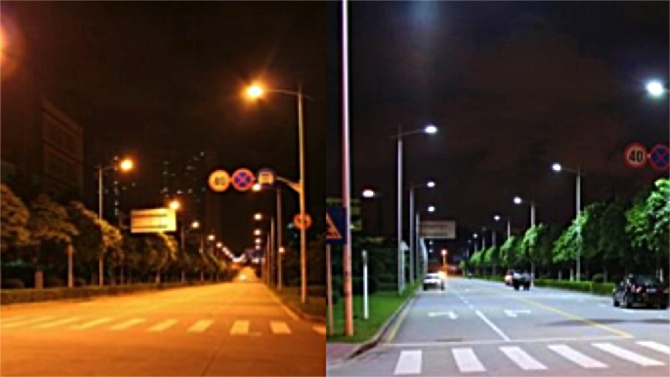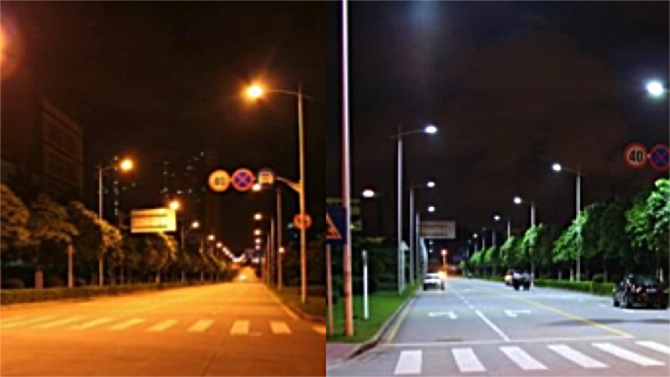
 Sodium vs LED lighting
Sodium vs LED lighting
LED lighting seems to have everything going for it: low power consumption, less heat, and a long lifespan. But there's a catch.
Since the dawn of colour photography, there’s been an ongoing argument in related technical fields as to what exactly constitutes white. This was simple enough in the early days, when the only sources of light that were capable of providing reasonable results with the first colour films were either fairly upscale tungsten light bulbs, or our friendly neighbourhood star. Both of those things work because they emit light in a broad band of the colours, or more properly frequencies, to which the human eye is sensitive, or at least to which it has evolved to be sensitive based on sunlight. No matter what colour an object is, it will reflect some part of the incident light.
Hot light
Almost all of the technologies humans have used to create light have relied on making things hot in order to make them glow. Many historical technologies actually have quite good performance in terms of colour rendition because they produce a broad spectrum of output based on how hot they are, in the same way as the sun. The carbon arc light, for instance, has very respectable colour performance. The problem is that enormous amounts of the heat tends to escape, and thermally-generated light is often woefully inefficient.
Most alternative lighting technologies is do not rely on incandescence. Instead, they use phenomena such as phosphorescence (fluorescent tubes, white LEDs), gas discharge (HMIs) or electroluminescence (LEDs). These are not naturally-occurring, and the human eye (and by association the camera systems we build to simulate it) did not evolve to accommodate the illumination produced by them.
Narrow bands of energy
Technically, what’s wrong with most fluorescent tubes and white LEDs is that instead of emitting continuously over a wide band of frequencies, they may emit small windows of energy at various points throughout the visible spectrum. It’s possible to create something that looks like a white LED by clustering red, green and blue ones together, and that's a convenient approach because it allows full colour mixing. However, the output spectrum, while it may look white, is incomplete. A red, green or blue LED is not a purely monochromatic device and does not emit one single frequency, but its output bandwidth is very fairly narrow and an RGB cluster will produce three distinct peaks on a graph of spectral output. Strictly, an object which happened to be a very saturated cyan, magenta or yellow, might not be illuminated at all by an RGB cluster.
Real-world
In practice it is rare for real-world objects to have saturated-enough colour for RGB LEDs to fail completely to illuminate them, although it is certainly possible to design rather striking demonstrations with carefully-chosen lights and pigments. The commonest real world example of narrow bandwidth light is the very bright orange emitted by sodium street lighting, which frequently makes blue objects look completely black. The light simply does not contain any blue; objects which reflect only blue are, often, invisible, and less extreme situations are what leads to trouble with colour rendition.
We are still working on RedShark's comments system. Meanwhile, if you'd like to respond to this article, please email me, the editor, at david.shapton@redsharknews.com. We'll publish the best comments.
Tags: Technology



Comments